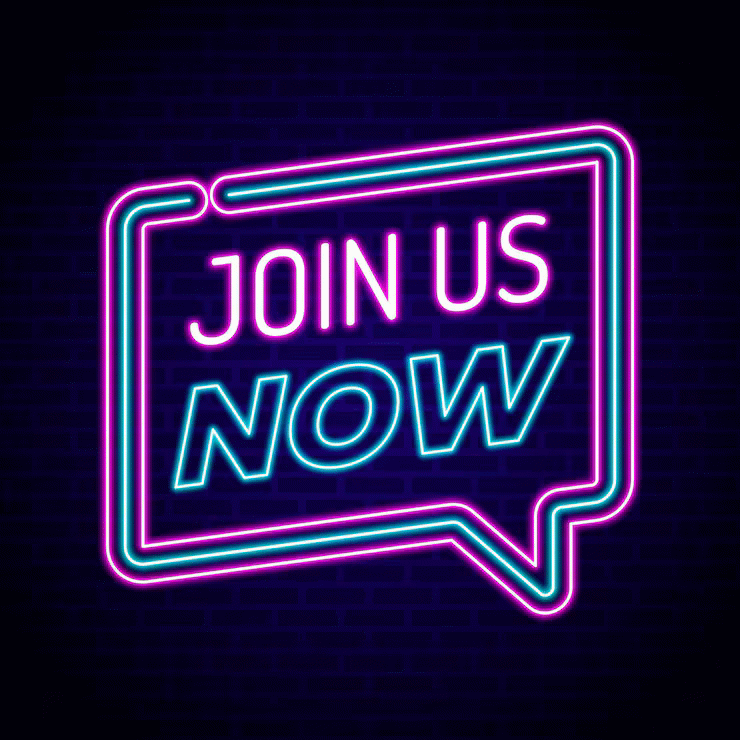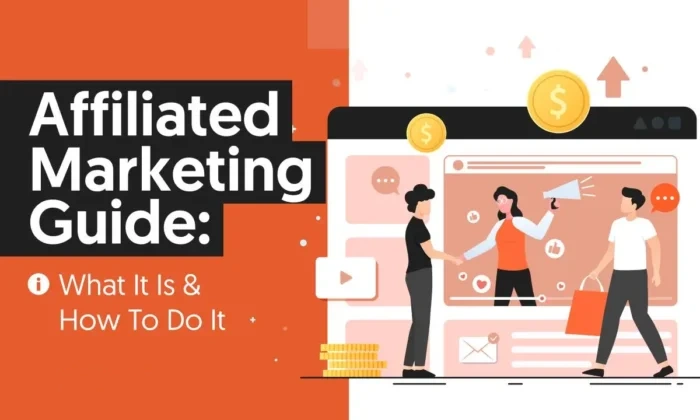I'll never forget watching my first flash sale flop. I’d poured hours into the campaign—snappy copy, dazzling images, ticking clock. The result? Crickets. That's when I realized urgency wasn’t just about yelling “Hurry!”; it needed subtlety, psychology, and surprise. What follows are the urgency tactics I wish I'd known then—peppered with lessons learned, cautionary tales (including a pizza-induced impulse buy!), and the most eye-opening data from real-world experiments.
The Art (and Hiccups) of Scarcity: Beyond 'Only 3 Left!'
Scarcity marketing isn’t just about slapping “Only 3 Left!” on a product and hoping for the best. In my experience, the most effective urgency tactics are subtle, layered, and—most importantly—genuine. Behavioral marketing psychology tells us that people respond to a sense of exclusivity and FOMO (fear of missing out), but the real magic happens when you combine different scarcity cues thoughtfully. As Robert Cialdini puts it:
Scarcity and urgency, when layered thoughtfully, can transform window-shoppers into paying customers.
Take Expedia, for example. Their approach to customer purchase drivers is a masterclass in stacking signals. It’s not just about showing a low inventory count. Instead, they mix star ratings, VIP icons, and day-limited offers to create a sense of popularity and urgency. The red text that screams “14 people viewed this in the last hour” isn’t just a number—it’s a psychological trigger. I’ll admit, I once found myself panic-booking a hotel room after seeing that exact message. The idea that 14 other travelers were eyeing the same deal made me click “Book Now” before I could second-guess myself. That’s the power of FOMO in action.
But here’s the thing: scarcity cues aren’t one-size-fits-all. Sometimes, it’s the microcopy—a “Very good!” badge or a countdown timer—that tips the scales. Other times, it’s the combination of visual cues and urgency signals that really drives action. QVC does this brilliantly with their daily deals and limited-time offers, making every product feel like a fleeting opportunity. Research shows that these layered urgency tactics are far more effective than simply repeating the same “almost gone” message over and over.
Of course, there’s a fine line between motivating shoppers and turning them off. Overdoing it with fake scarcity or constant urgency can breed distrust or, worse, desensitize your audience. I’ve seen sites that bombard visitors with pop-ups and flashing warnings—after a while, you just tune it all out. Authenticity matters. If your urgency tactics feel forced or phony, people notice. And once trust is lost, it’s tough to win back.
Ultimately, the art of scarcity marketing lies in knowing when to push and when to hold back. Layer your urgency cues, highlight exclusivity, and always keep the customer’s experience front and center. That’s how you turn browsers into buyers—without crossing the line into manipulation.
Micro-Moments Matter: Hyper-Specific CTAs, Pop-Ups, and Countdown Drama
Let’s talk about the micro-moments that make or break your conversion rate optimization efforts. In my experience, the difference between a casual browser and a buyer often comes down to how specific—and timely—your calls to action (CTAs) and pop-ups are. I learned this the hard way after running countless A/B tests and watching some “brilliant” ideas flop while others soared.
Here’s the thing: hyper-specific CTAs are a game-changer. I once swapped a generic “See Deals” button for “104 Deals” on a landing page. The result? A jaw-dropping 257.8% increase in clicks. (Yes, I triple-checked the math because I couldn’t believe it either.) That’s not just a fluke. Research shows that when you add clarity and specificity, you give users a reason to act—right now. Or, as Neil Patel puts it:
“Adding clarity and specificity to CTAs transforms window-shoppers into buyers.”
But it’s not just about the words. Well-timed pop-ups with countdown timers or progress bars are like rocket fuel for your online sales strategies. Sumo’s data backs this up: their pop-up overlays can hit conversion rates close to 10%. Compare that to the sad little sidebar opt-ins, which barely scrape 0.4%—that’s a 2100% difference. No, that’s not a typo.
Hyper-specific CTAs: Numbers and details create authority and relevance.
Pop-up overlays: Real-time urgency (think countdowns, progress bars) drives action.
Sidebar opt-ins: Passive, easily ignored, and almost always underperform.
But here’s my pet peeve: fake timers. You know the ones—refresh the page, and the “5 minutes left!” magically resets. Nothing kills trust faster. If you’re going to use urgency, keep it real. Manipulative tactics might get you a quick win, but they’ll erode your credibility (and conversions) over time.
Blending specificity into your CTAs, using overlays instead of sidebars, and adding authentic countdown drama is a core part of my website conversion playbook. The data doesn’t lie: hyper-specificity and well-designed pop-ups outperform passive elements dramatically. It’s about meeting your visitors in those micro-moments—when they’re most likely to act—and giving them a reason to do so, right now.
Novelty, Now-ness, and Notifications: Catching Attention at the Right Moment
Let’s be honest—sometimes, all it takes to tip us from “just browsing” to “take my money” is a little jolt of novelty. I’ll never forget the day I bought a neon toaster simply because it was tagged ‘Just In’. That little banner was like a shot of dopamine straight to my brain. Turns out, behavioral psychology backs this up: newness and now-ness trigger measurable excitement, making us more likely to act. In the world of instant gratification ecommerce, that’s pure gold.
Retailers have mastered this art. Tagging products as ‘NEW’ or “limited-time” isn’t just a gimmick—it’s a proven urgency trigger. QVC does this masterfully, constantly rotating daily deals and highlighting what’s fresh. The result? Shoppers feel like they’re in on something special, and that sense of exclusivity drives them to buy before the moment passes.
But if you really want to see urgency in action, look at timely notifications. Tools like PushCrew and Drift let you reach buyers at the exact moment they’re most likely to convert. I’ve seen this firsthand: Buy Whole Foods Online sent real-time notifications to 97 shoppers and—get this—71 of them converted. That’s not just a fluke; it’s the power of context-driven urgency. Research shows that real-time, personalized marketing offers can yield exceptionally high conversion rates, especially when they’re tied to what the shopper is already doing or considering.
On-demand webinars are another clever twist on the “now” factor. Platforms like Groove CRM simulate live events every hour, so there’s always a sense of “happening right now.” This keeps urgency alive and attendance high, which is a win for any online sales strategy. I’ve watched registration numbers spike simply because people didn’t want to miss out on something that felt immediate.
It’s wild how banners, notifications, and that ever-present sense of “now” can tip the scale—sometimes in the most unexpected ways (neon toaster, anyone?). As Angela Rollins puts it:
“Urgency is not just about speed—it’s about catching attention at the precise moment.”
That’s the heart of personalized marketing and modern online sales strategies: catching your audience when their intent is hot, and giving them a reason to act before the moment cools. Sometimes, all it takes is a well-timed nudge—delivered right when it matters most.
Trailers, Teasers, and Tangents: When Personalization Feels Like Magic
If there’s one thing I’ve learned on my journey through the website conversion playbook, it’s that personalized marketing isn’t just a buzzword—it’s the secret ingredient that can make urgency feel downright magical. We’re not talking about just slapping a first name in an email subject line. I mean real, context-rich personalization that adapts to who your customer is, where they are, and what’s happening in their world right now.
Let’s start with a classic: adapting offers by location, purchase history, or even the weather. I once ran a “blizzard bonus” promo, triggered by a forecasted snowstorm. The result? We sold out of winter baskets before the first flake hit the ground. That’s behavioral marketing psychology in action—meeting people where they are, literally and figuratively. And honestly, it’s fun to get a little weird with it. Rainstorm sale? Why not. Pumpkin spice pop-up for the first cold snap? Absolutely.
Research shows that real-time, context-aware personalization can significantly boost conversion rate optimization. Take Home Union’s experiment: by shifting their email focus from long-term investment talk to immediate home features, they saw a 33.8% increase in click-to-open rates. That’s not just a blip—it’s a game-changer. It proves that urgency, when personalized to what matters most right now, is far more compelling than generic scarcity tactics.
Tools like Optimizely’s Personalization suite make this kind of behavioral tailoring possible on a grand scale. Imagine full-page offers that change based on browsing history, time of day, or even the device someone’s using. Suddenly, your website isn’t just a storefront—it’s a living, breathing sales assistant, nudging each visitor with the right urgency trigger at the perfect moment.
And the industry is catching on. According to recent studies, 77% of marketers say personalized urgency is a top priority, with a third ranking it as the most important trend in conversion rate optimization. As Tracey Wallace puts it:
“When personalization meets urgency, marketing starts to feel like serendipity.”
Personalizing urgency by context, behavior, and time doesn’t just boost metrics—it creates those delightfully odd, memorable moments that stick with customers. Sometimes, it’s the blizzard baskets. Other times, it’s a flash sale that feels like it was made just for them. Either way, it’s proof that the right teaser or tangent, delivered at the right time, can feel like magic.
Don’t Forget the Follow Up: Immediate Benefits and Risk-Busting Payment Options
If there’s one lesson I’ve learned the hard way in ecommerce, it’s this: urgency alone isn’t enough. You can stack up countdown timers, flash deals, and “only 3 left!” banners, but if you don’t deliver instant gratification and remove risk at checkout, you’re leaving money on the table. That’s where the real magic happens—when you make buying feel effortless and safe, and then follow up automatically to reclaim those almost-lost sales.
Let’s talk about instant gratification ecommerce. Amazon Prime’s 1-Click ordering is the gold standard. It’s so easy, so fast, that Prime members spend an average of $1,340 a year—more than double what non-members spend. QVC’s Speed Buy works the same way, letting shoppers snag deals with a single click. Why? Because, as research shows, immediacy is a top customer purchase driver. In fact, 80% of shoppers say shipping cost and speed are just as important as price. When you promise fast delivery and deliver on it, you’re not just meeting expectations—you’re creating a habit. People come back for that rush of “buy now, get it now.”
But what about those bigger, scarier purchases? That’s where risk-reversing payment options come in. Flexible installment plans, like QVC’s QCard or services like Affirm, break down big-ticket buys into bite-sized payments. Suddenly, a $500 gadget doesn’t feel so intimidating. Studies indicate that these options increase conversion rates for premium products, because they lower the psychological barrier to purchase. It’s simple: the less risky it feels, the more likely people are to buy.
And then there’s the unsung hero—automated follow up emails. I used to think abandoned carts were just part of the game, but automation changed everything. Triggered emails—whether for cart or wishlist abandonment—lift sales by a whopping 34%. That’s not just a stat; it’s real revenue I would have lost forever. Plus, these automated reminders reclaim lost revenue with minimal effort, freeing up my team to focus on bigger things.
“The easier you make it to buy, the more people buy—no surprise there.” – Tracey Wallace
Fast shipping, flexible payments, and timely automated follow-ups aren’t just nice-to-haves—they’re the backbone of a high-converting ecommerce strategy. If you want to turn browsers into buyers, don’t just trigger urgency. Make it easy, make it safe, and never forget the follow up. That’s how you win in today’s competitive digital marketplace.



